Crops
-
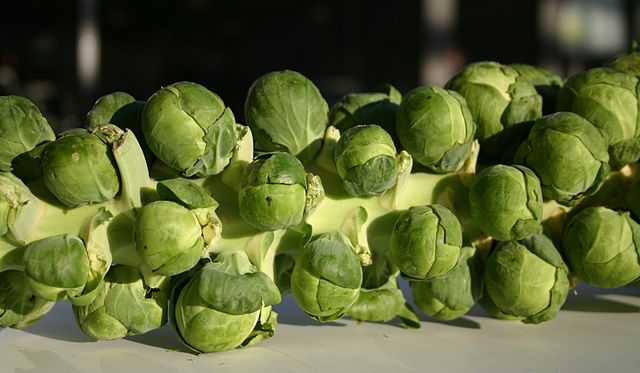
Do you like brussel sprouts? I am not a big fan, but if you like these tender green morsels, you will be disappointed to read this article by UGA’s Clint Thompson in Growing Georgia. The article explains that Georgia’s hot climate makes it hard to grow the cold-tolerant crop due to the length of the…
-
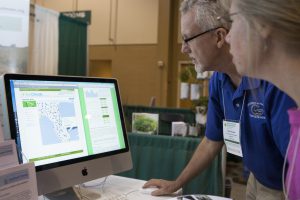
The University of Florida Institute of Food and Agricultural Sciences announced the development of a new app-based tool to help tell farmers when severe weather might impact their crops. According to an article in the Southeast Farm Press, the tool will inform farmers about the potential for extreme weather such as severe heat or dry spells…
-
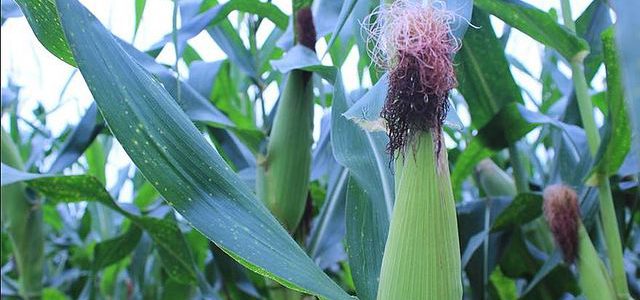
AgWeb reprinted a story from Bloomberg News this week describing some troubling results of a study by researchers from the Potsdam Institute for Climate Impact Research and the University of Chicago. The study shows that with the warmer temperatures expected from global warming, yields of corn and soybeans could drop significantly. According to the article,…
-
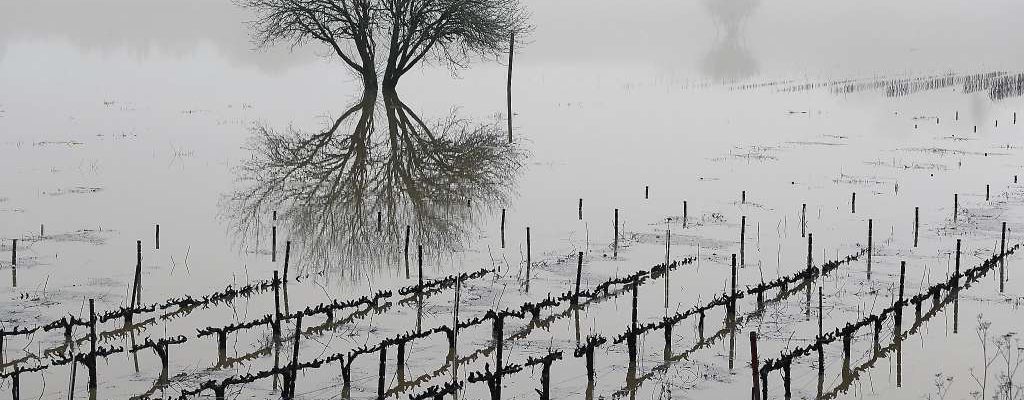
The recent rains on the West Coast have caused many of the rivers there to flood, threatening many cities as well as cropland. Levees are being overtopped and mudslides and fallen trees are blocking roads through the region. You can read more about the impacts of the storm and view pictures of the conditions at…
-
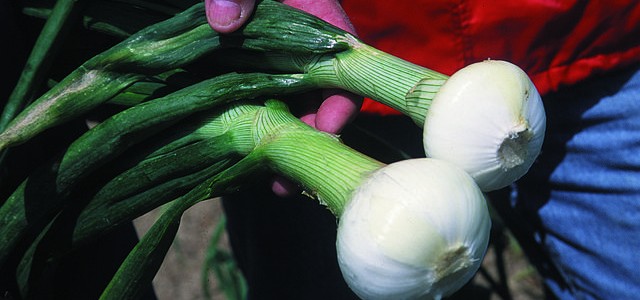
The heavy rain and snow that has been occurring along the West Coast has caused problems for onion handlers in Idaho and Oregon, according to The Packer this week. Deep snow on top of packing and storage facilities was then saturated by rain, which added enough weight to the onion packing structures to cause them…
-

The New York Times posted an interesting story this week about the Jackson Family Wines farms and how producers there are dealing with drier and warmer conditions in a variety of novel ways. Their methods include using owls and falcons to scare away pests drawn by warmer weather, drones to assess crop health, and reservoirs…
-

Vegetable and Specialty Crop News posted an interesting story this week about the benefit of growing spinach and other crops in high tunnels in Florida and other areas of the Southeast. The advantage to using high tunnels with hydroponic systems inside instead of open fields is that they are able to reduce the negative impacts…